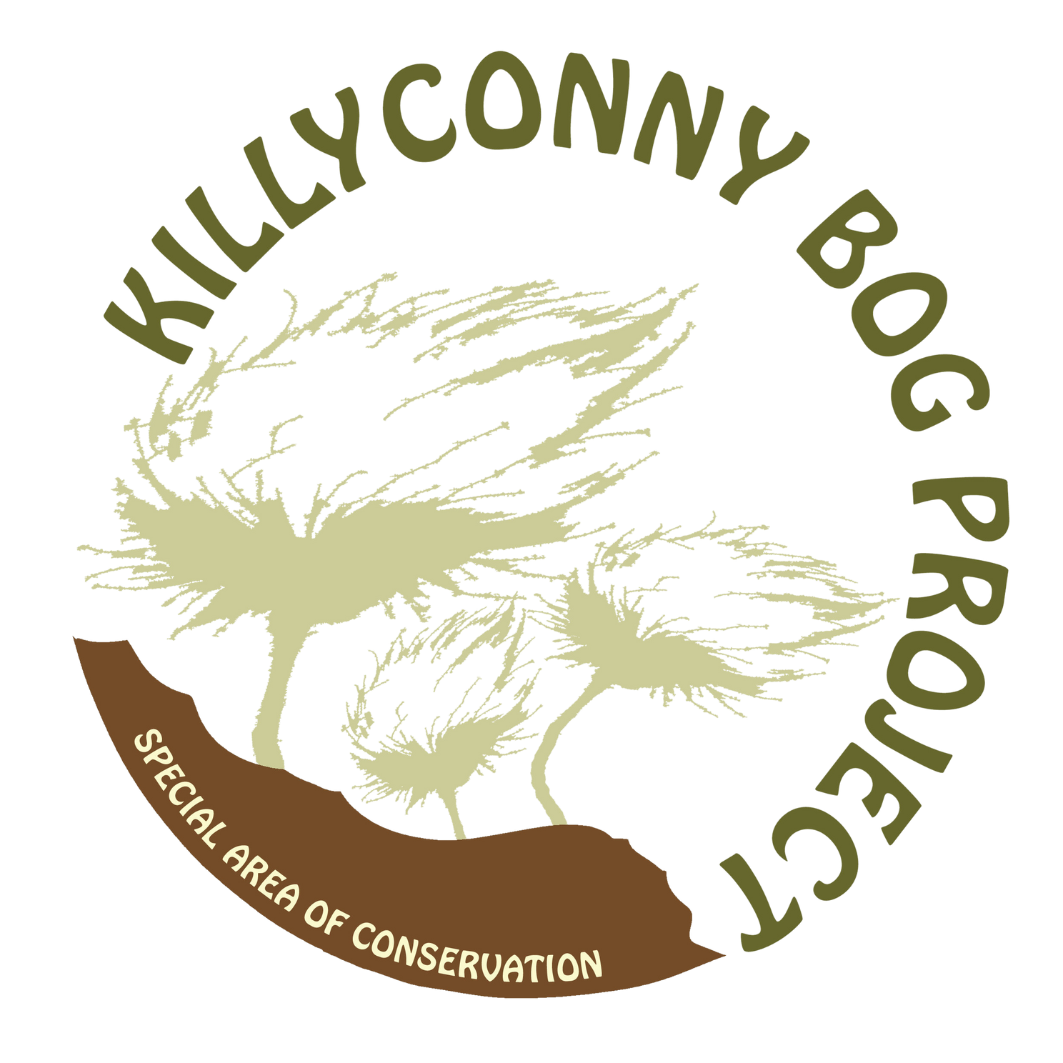Killyconny Bog Special Area of Conservation - SAC 000006
Killyconny Bog Special Area of Conservation (SAC) covers approximately 191 ha (472 acres) and straddles the borders of Counties Cavan and Meath, being important as one of the most easterly raised bogs in the country. It is one of twelve Living Bogs in Ireland that have special protected status under - being listed on Annex I of the EU Habitats Directive (992/43/EEC). It is a magnificent site with special peatland flora and fauna unique to this habitat type. Conservation and Restoration is ongoing at the site.
How was Killyconny Bog formed?
During the last Ice Age, Ireland was covered by 1,000 metre thick ice sheets that moved slowly over the land grinding up the underlying rock and redeposited it elsewhere. Some 13,000 years ago climate began to warm and the ice started to melt. The glacial melt waters became powerful rivers underneath the ice, carrying boulders and debris and scouring out depressions in some areas, while depositing debris and boulders in others. The depressions filled up with melt water and as climatic conditions improved, vegetation growth recommenced some 10,000 years ago. Vegetation grew on the edges of these lakes and in the oxygen poor sediments undecayed remnants of reeds, sedges and wood gradually accumulated on the sides and bottom of the lake forming swamp, fen and wet woodland peat. As the lake filled up with peat, the supply of mineral-rich ground water which had fed the original vegetation was gradually cut off and replaced by rainwater, which is more acidic and less nutrient rich. As a result, the previous vegetation and trees began to die off and a new type of vegetation dominated by sphagnum mosses appeared. As this bog vegetation is fed by rainwater it can continue to grow both upwards and outwards and deposit peat as long as it remains wet enough. At Killyconny this process began in two depressions separated by a small ridge. As the bog grew outwards and upwards over thousands of years, it gradually engulfed the ridge separating the two depressions and became one bog, which we know as Killyconny Bog.
Raised Bogs Like Killyconny are unobtrusive, dome-shaped masses of peat topped off with low growing vegetation like heather, mosses, sedges, bog cotton grasses, sphagnum moss etc. All are adapted to acidic, waterlogged and poor mineral conditions and home to flora and fauna, especially mosses and invertebrates that cope with these extreme conditions. They are fed by rainfall precipitation being disconnected from groundwater. The surface of a Raised Bog is a soft living covering of vegetation floating on a substance (peat) that is 98% water.
Like most raised bogs in Ireland over the last few centuries it has been severely affected by drainage and turf cutting. Of the original area of about 230ha (OSI map 1829-’41) almost two thirds have been cut away and now only 83ha of uncut bog remains and of that area only 4ha is still actively forming peat.
However, as less than 1% of the original active peat forming raised bog still remains in Ireland (and even less elsewhere in Western Europe) this tiny remnant (4ha) is a very precious part of our natural heritage. A positive development is that restoration work in recent years has reinitiated peat growth on approximately 5ha of the cutaway. In truth Killyconny Bog is one of the world’s oldest natural eco systems taking thousands of years to grow to it’s present form.

